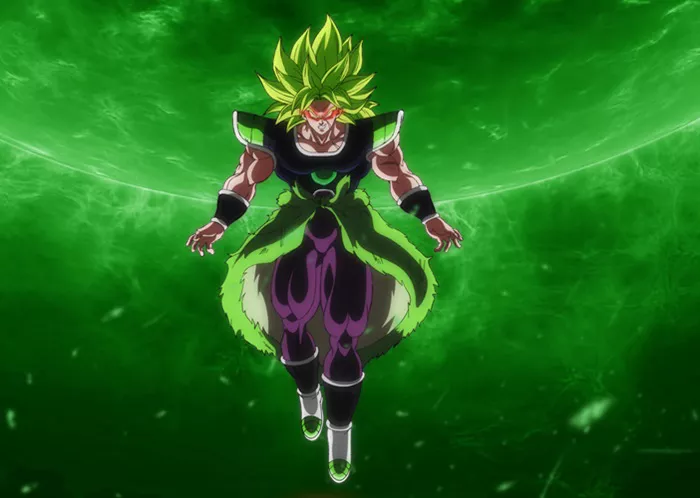In a notable shift from traditional character designs, Akira Toriyama implemented significant changes for the characters in Dragon Ball Super: Broly. Animation supervisor Naohiro Shintani discussed these alterations, revealing that Toriyama’s vision led to a less muscular portrayal of the characters compared to previous iterations. This required Shintani to adapt his approach to align with Toriyama’s directives.
Dragon Ball Super: Broly marked the 20th installment in the Dragon Ball franchise and achieved remarkable success, becoming the highest-grossing anime film of 2018. It resonated particularly well with audiences in the United States and Canada, solidifying the effectiveness of Toriyama’s efforts in bringing this film to life.
As with other entries in the series, Toriyama was deeply involved in the production of Broly. He contributed to the story, screenplay, and character designs, ensuring every detail was carefully crafted to appeal to fans and newcomers alike.
Character Redesigns
Shintani, who secured the role of animation supervisor after impressing Toriyama with his sketches of iconic characters like Goku, Vegeta, and Bulma, elaborated on the design changes initiated by Toriyama. “Even Toriyama has made the characters less muscular than they appeared in the past, so I made a conscious effort to evoke a slim muscular style,” Shintani explained.
Previously unfamiliar with designing characters that emphasize muscularity, Shintani faced challenges in adapting to the Dragon Ball aesthetic. However, Toriyama’s decision to slim down existing characters, including Broly, was intended to enhance visual dynamics, making Broly appear more muscular in comparison without straying into grotesque territory.
The Importance of Shading
Shintani also highlighted the critical role of shading in the film’s action sequences. While typical scenes utilized minimal shading, it became more pronounced during battle preparations, allowing characters’ muscles to stand out and creating a striking visual contrast. “The muscles of the characters pop out more and provide a greater contrast, which leaves a cool impression,” Shintani noted.
This shading technique was selectively applied throughout the movie to maintain the impact of key moments that demanded audience attention. The director emphasized the need for visuals that clearly communicated when battles were about to commence.
Given that action is a cornerstone of the Dragon Ball series, Shintani collaborated with skilled animators dedicated to choreographing these sequences. He expressed admiration for their creativity, allowing them the freedom to explore innovative approaches while ensuring that character portrayal remained consistent in non-action scenes.
In summary, Akira Toriyama’s bold redesign choices for Dragon Ball Super: Broly reflect a creative evolution in character representation, enhancing both the aesthetic and narrative aspects of the film.
Related Topics
What Are The Filler Episodes Of One Piece?
How Many Chapters Of Jujutsu Kaisen Are Animated?

